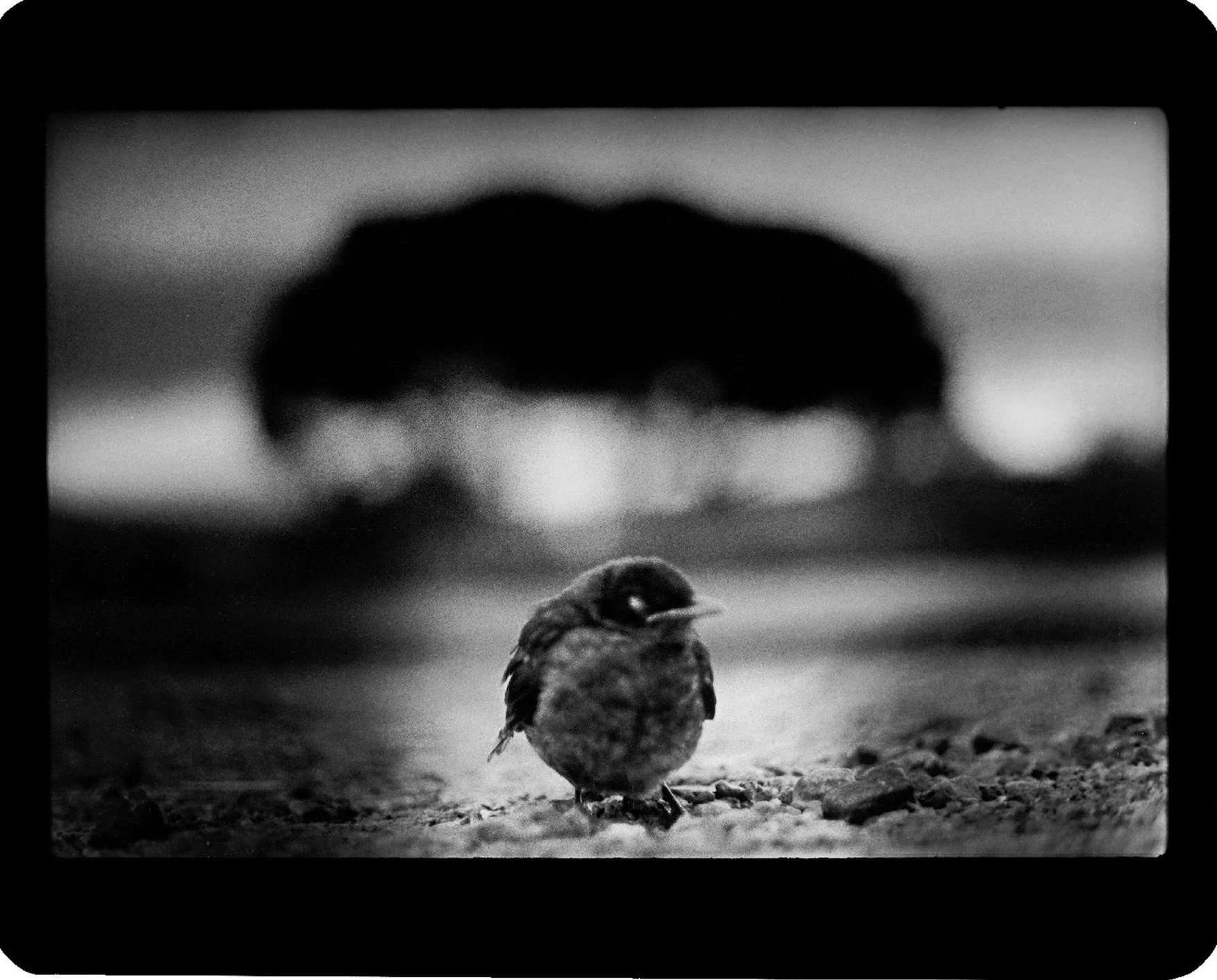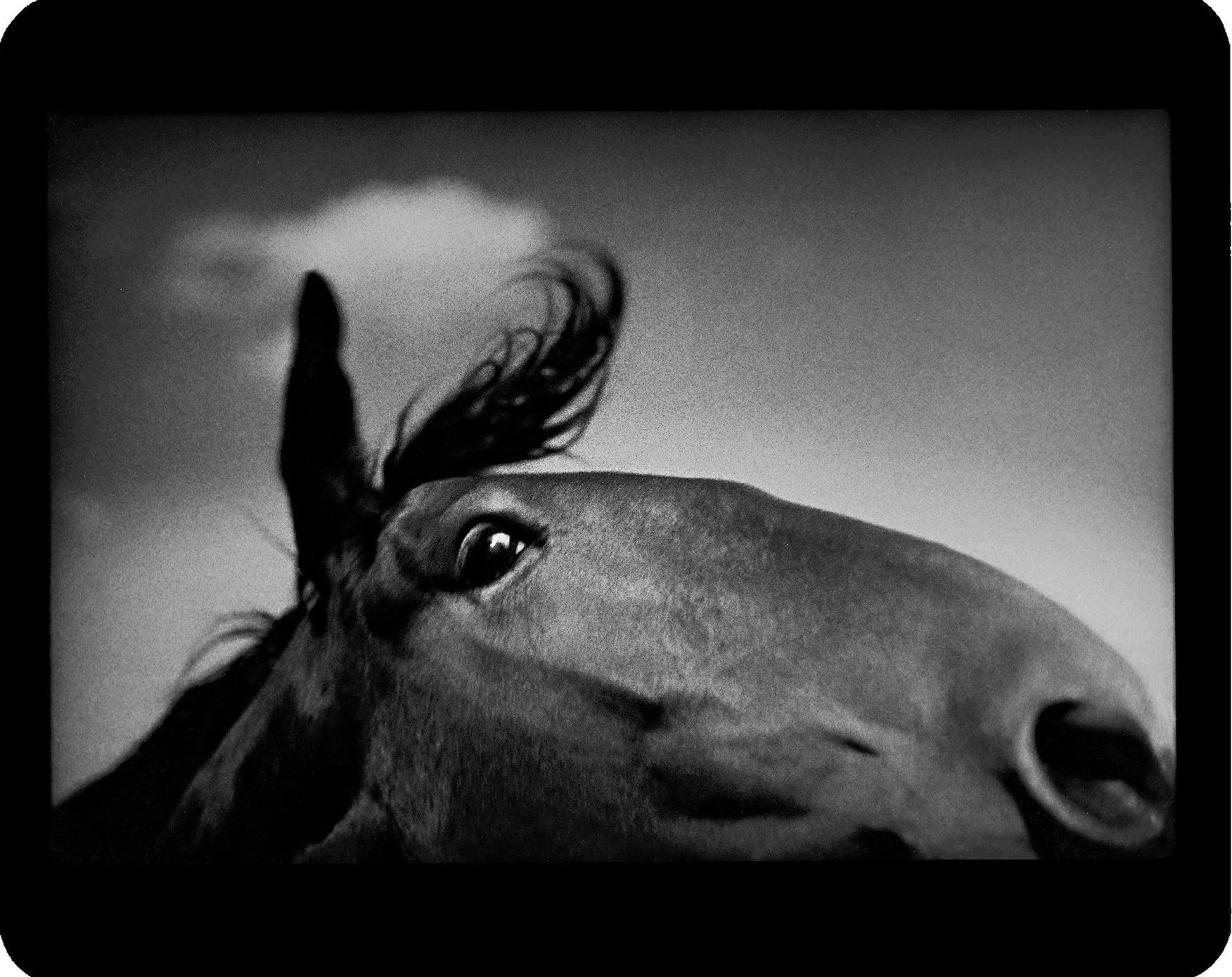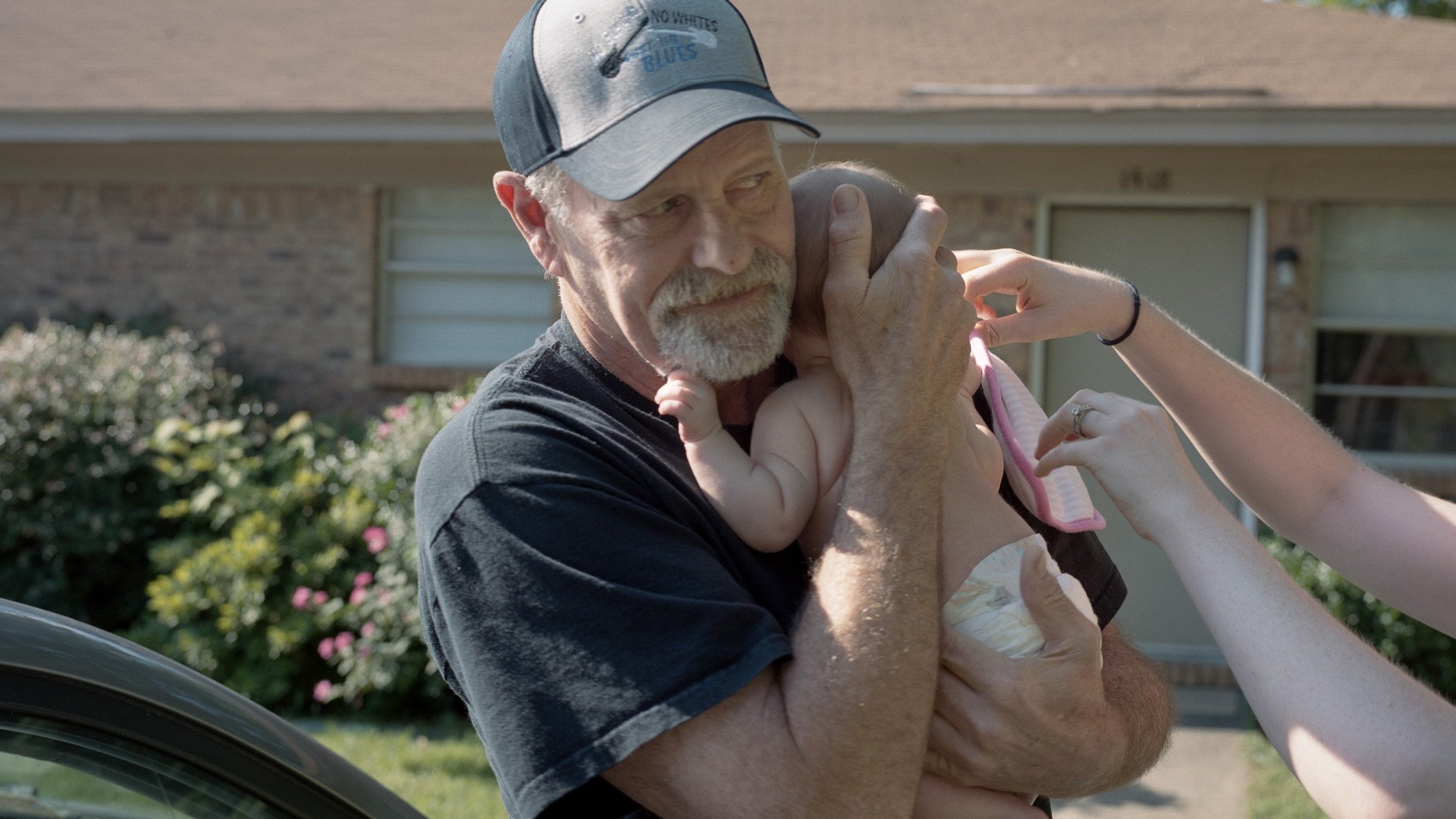8 Lessons from Giacomo Brunelli to Transform Your Animal Photography Into Art
“The secret to soulful animal photography isn’t gear—it’s connection.”
When I first started photographing animals, I made one big mistake: I focused too much on technical perfection and forgot to connect with my subjects.
This approach left my images feeling lifeless and uninspired.
Luckily, Giacomo Brunelli’s The Animals shows how to fix that—here’s how:
I have recently interviewed Giacomo about his approach and you can find his answers here.
Through patient observation, gentle interactions, and embracing imperfections, Brunelli captures raw emotion and authentic stories. His 8 lessons will help you do the same.
Ready to transform your photography? Learn from the master himself.
Lesson # 1 “The secret to capturing authentic animal photos? Slow down and observe.”
When I first started photographing animals, I rushed to get the perfect shot. But this approach meant I often missed the most genuine, spontaneous moments.
Giacomo Brunelli’s The Animals shows the power of patient observation. By spending time with his subjects in their natural environment, he anticipates behavior and captures raw, emotional images.
The key isn’t in the shot—it’s in the time you take to truly see your subject.
Lesson #2: Provoke Reactions Gently
“The key to capturing expressive animal photos? Spark curiosity, not fear.”
When I started photographing animals, I stayed passive, waiting for perfect moments to happen.
But Giacomo Brunelli’s The Animals proves that small gestures can create magic.
By making subtle sounds or movements, he draws animals’ attention without disrupting their natural behavior. This sparks curiosity and leads to authentic, emotive shots.
Don’t wait for the moment—gently create it.
Lesson #3: Embrace Imperfection
“The imperfections in your photos could be your greatest strength.”
When I first started out, I avoided imperfections like grain or light leaks.
But Brunelli’s The Animals shows how embracing these quirks creates character and emotion.
Using vintage cameras and film, he captures textures and unexpected flaws that make his images unforgettable.
Perfection is overrated—let your work tell a textured story.
Lesson #4: Shoot from Their Perspective
“Want more intimate animal photos? Get down to their level.”
Early in my journey, I often shot from a distance, disconnected from my subjects.
Giacomo Brunelli’s approach in The Animals is refreshingly different: he removes the viewfinder and shoots from the waist to match the animals’ eye level.
This creates intimate, relatable compositions that draw viewers into the moment.
See the world from their eyes, and your photography will transform.
Lesson #5: Use Soft, Diffused Light
“The right light can transform a good photo into a masterpiece.”
I used to shoot animals in harsh, direct sunlight, which created distracting shadows.
Brunelli’s The Animals demonstrates the magic of diffused light—morning twilight or overcast days soften shadows and add atmosphere.
This subtle lighting enhances emotion and creates dreamy, timeless images.
Chase the soft light, and let it shape your story.
Lesson #6: Focus on Details
“Sometimes, the story is in the smallest detail.”
I used to aim for wide, dramatic shots, hoping to capture everything at once.
But The Animals shows the power of isolating fragments—an animal’s eye, a single paw, or the interplay of light and shadow.
These choices create ambiguity and invite viewers to imagine the rest of the story.
Look closer, and let the details speak volumes.
Lesson #7: Strip Down Distractions
“Want more emotional impact? Strip your images down to the essentials.”
When I started, I added too much to my frames—color, elements, and distractions.
Brunelli’s The Animals proves the impact of black-and-white photography. It removes distractions and emphasizes emotion, light, and texture.
By simplifying, he reveals the soul of his subjects.
Sometimes, less really is more.
Lesson #8: Show Interaction
“The story of animals is also the story of their environment.”
I used to focus solely on the animal, ignoring the world around them.
In The Animals, Brunelli places animals in settings where nature and humanity intersect—highlighting coexistence, fragility, and impact.
These scenes don’t just capture animals—they explore their relationship with the world.
Don’t just photograph animals. Photograph their stories.
If you enjoyed this type of article please let me know in the comments.






What if the secret to extraordinary animal photography isn’t in the latest gear or a fast shutter speed, but in the way you connect with your subjects? The Animals redefines how we see and photograph creatures, urging us to slow down, embrace imperfection, and find stories in the unexpected. Photography Book Spotlight